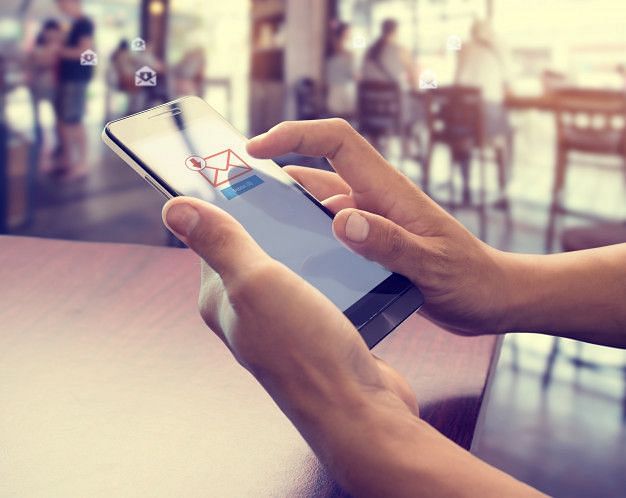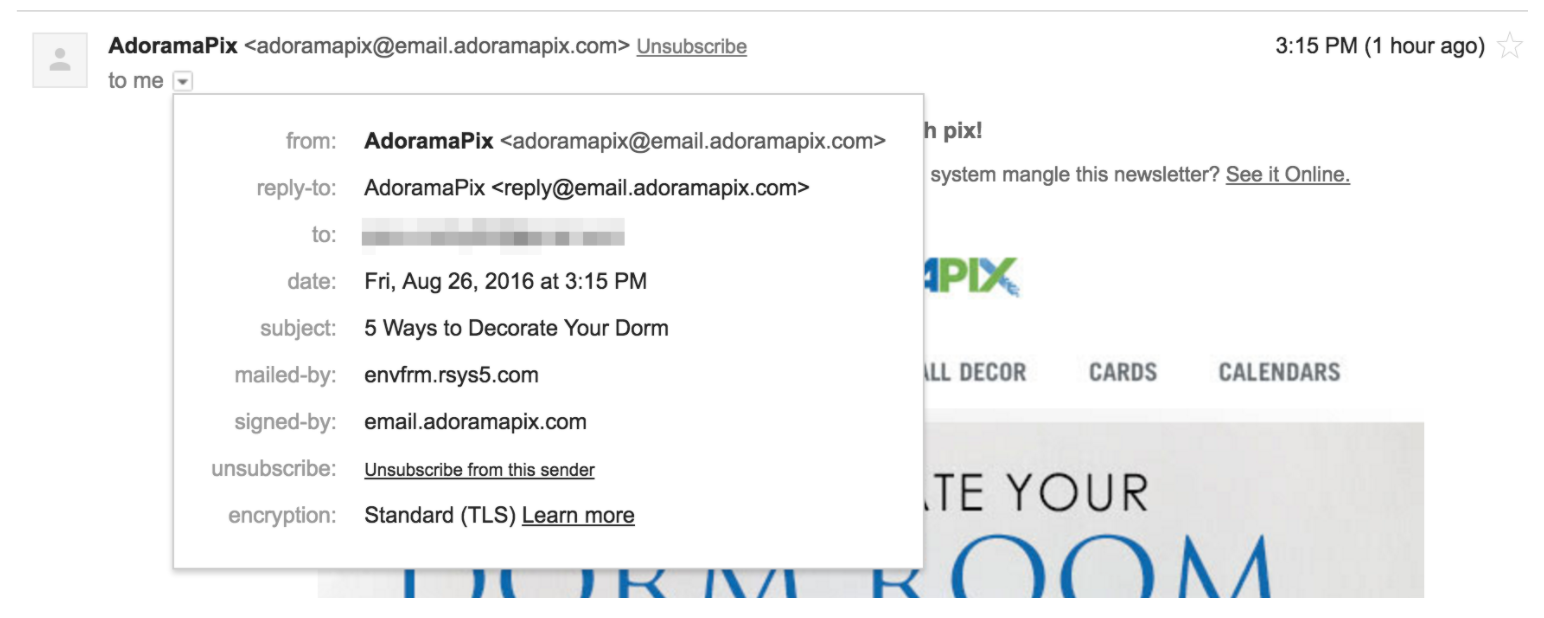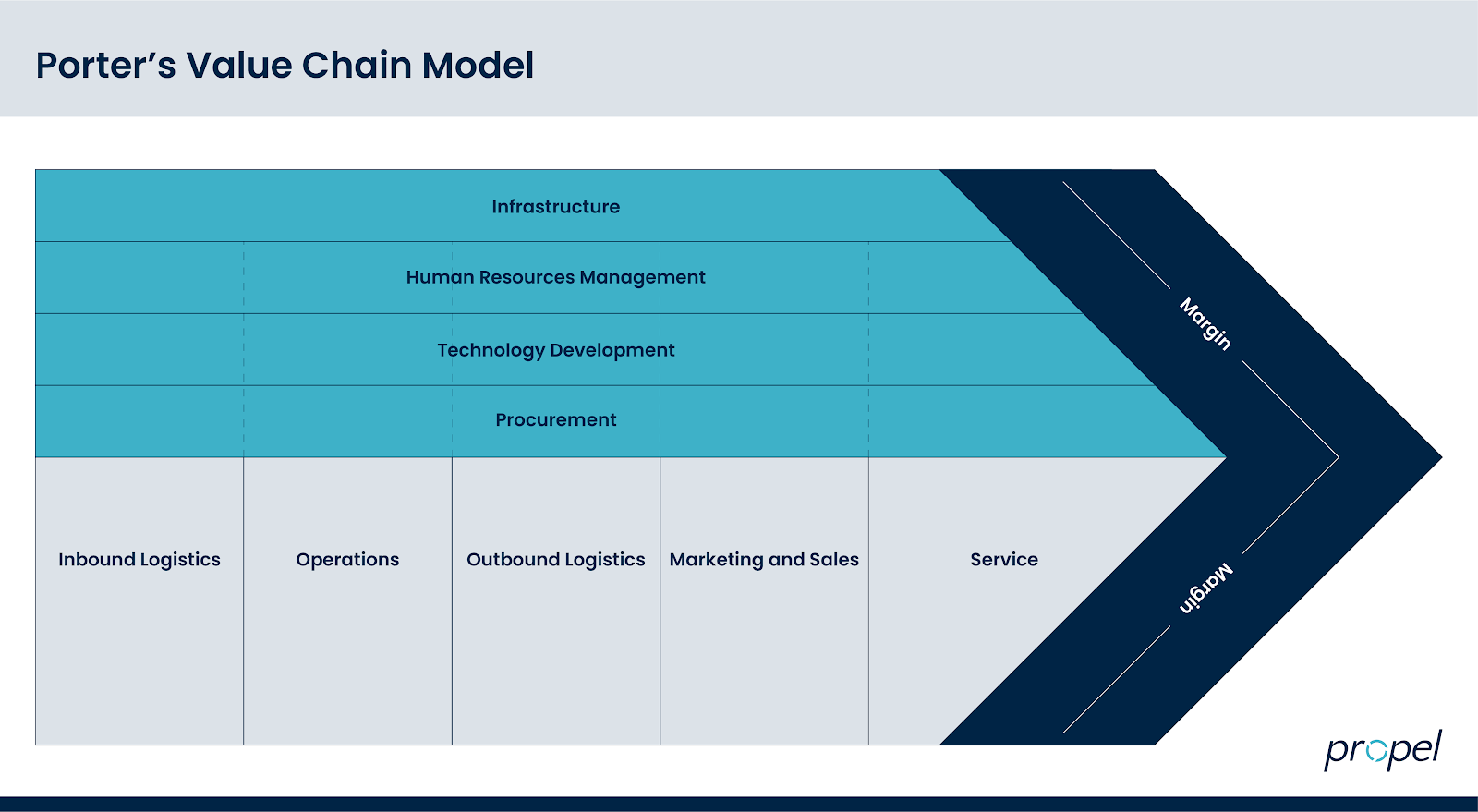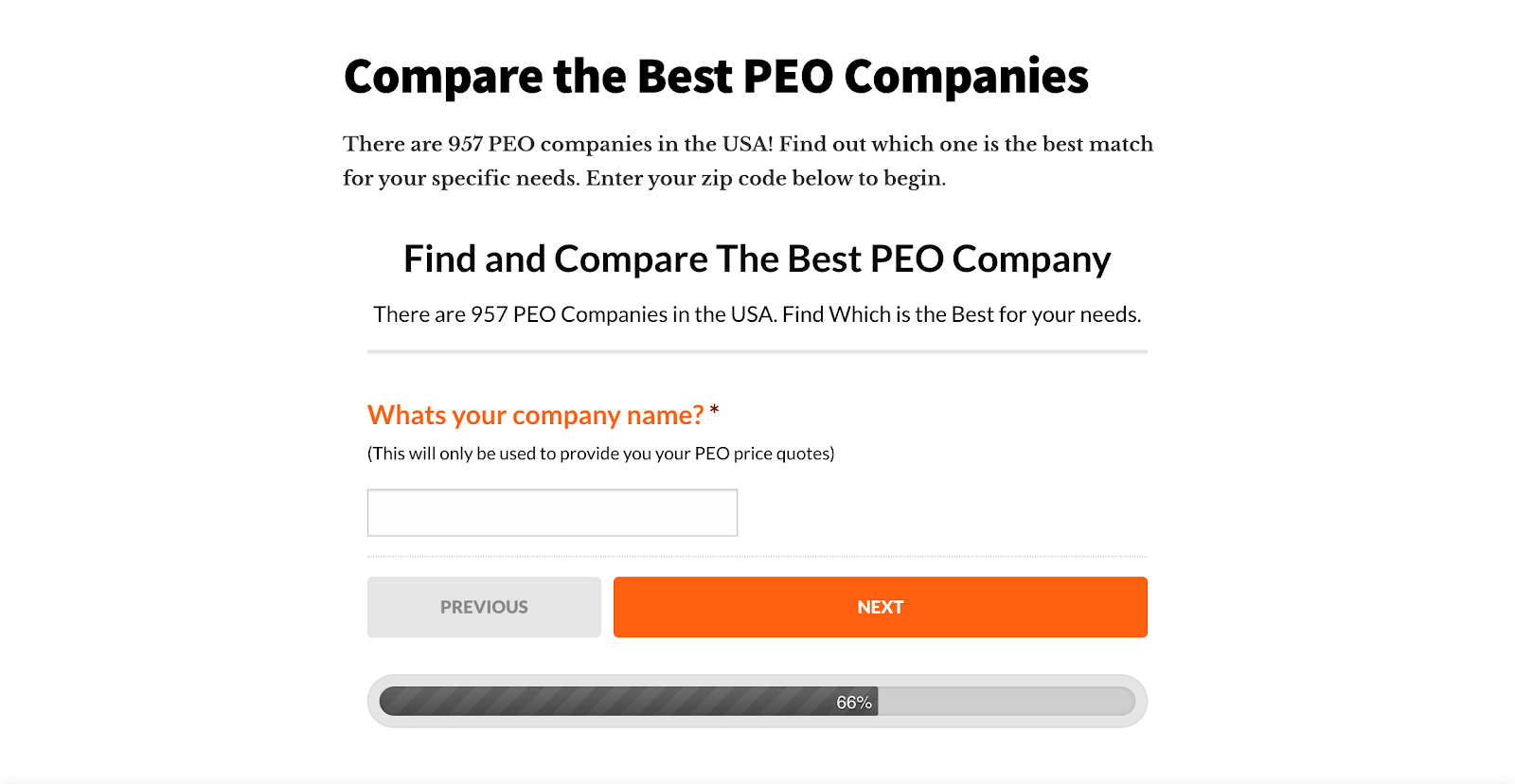Marketing is best when it feels genuine. Customers build a connection with brands that feel less “corporate” and more like real people.
This is especially true in email marketing. Unlike social media posts or blog content, customers see their email inbox as a private space. Therefore, personalization is all the more critical.

Yet, many marketers use no-reply email addresses in various ways, from automating contact form responses to full email marketing campaigns.
While these are helpful for the marketer — who wants to avoid a crammed inbox — they can harm your email marketing efforts and your general brand image at large.
To show you what we mean, we’ve put together a list of reasons you should stop using no-reply emails, as well as some suggestions on what to do instead.
But before we get to that, let’s review what a no-reply email is.
Table of Contents
What is a No-Reply Email?
A no-reply email is any email message that comes from an email address with “no-reply” or “do not reply” in front of the “@.”

These email addresses are aptly called no-reply addresses. If you attempt to reply to an email message from one of these addresses, you’ll receive an email stating that your mail was not delivered.
A significant number of organizations use these emails to prevent email inboxes from getting clogged. Others use them to confirm scheduled appointments and similar matters.
However, no-reply emails can be harmful to your business for a variety of reasons. Let’s look at why you should stop using them.
Reasons to Stop Using the No-Reply Email
1. Sends Your Emails to Spam
If you find many of your emails going to spam, your no-reply email address may be to blame for a few reasons.
First of all, replies from your subscribers help your email deliverability. Email service providers (ESPs) see that your content appears valuable to your subscribers if said subscribers are engaging with it.
So, by using a no-reply email, you’re only hurting yourself.
On top of that, fewer people might open the no-reply email, and some will delete it straight away. Fewer opens and more deletions harm deliverability further.
No-reply emails make your unsubscribes hurt more in terms of spam, too. Some people can’t be bothered to find that tiny “unsubscribe button,” and if you use a no-reply email, they can’t write to you asking for the unsubscribe.
You leave them with no choice but to mark it as spam so it stops showing up in their inbox.
If that wasn’t bad enough, some ESPs, user settings, and spam filters automatically tag no-reply emails as spam regardless of context.
If nothing else, stop using no-reply emails if you want to boost deliverability.
2. Decreases Customer Satisfaction
No-reply emails can be frustrating to customers. These emails make it look as if you don’t care enough to respond to them.
In fact, you might look arrogant — as if you have better things to do than to help customers.
Just think about it: you’re telling someone in an email, “don’t reply to this, I don’t want to hear it” — even if that’s not what you mean.
To put this into perspective, imagine you’re trying to request information from this Toronto elder care service.

The imagery shown above is welcoming, the copy on the page is reassuring. You believe that they will be reliable and trustworthy. So, after contacting them to get more information, you expect a real person (or at least, an autoresponder that sounds like a person) to get back to you with more information about elder care services.
But instead, you receive a no-reply email with some generic message.
That would feel a lot less personal — as if this elder care facility isn’t putting your concerns first.
Not to mention that a no-reply email would seem to contradict the word “reliable.” And who finds a bot “trustworthy?”
For this industry in particular, a no-reply email would be worse than it already is. Personalization and care are vital for a company to exude if they’ll be caring for you or your loved one.
Let’s look at another example to help illustrate this point further.
Similar to above, imagine you’re thinking of attending a nursing school in California.
Would receiving a no-reply email from a nursing school look good to you? It wouldn’t seem like they want you to attend their school. It might even seem like a brush off. When applying for a higher education that will fuel your entire career, you’re going to want to interact with someone. It’s almost a certainty that you will have questions.
3. Harms Your Customer Retention
A vital component of the value chain is “service,” which includes post-sale customer support and communication.

This turns your one-time customers into repeat business through upselling and cross-selling — and we all know how cost-efficient returning customers can be.
No-reply emails hinder your ability to provide the best post-sale support. When your customers write to you over email or fill out your contact form, you want them to feel as though your team is there for them. To that end, a no-reply email might harm your ongoing relationship.
It’s the same with purchases. If your confirmation email comes from a no-reply address, it does nothing at best.
It would be much better to send a confirmation email from a real address and maintain a casual tone. You could scoop up more sales this way.
4. Possible Legal Conflicts
Countries and supranational organizations (like the European Union) have varying laws regarding email communications.
Some outlaw no-reply emails completely.
For example, some European countries mandate that you provide an email address people can reply and respond to.
It doesn’t matter if you’re on the other side of the world — if you have any communications going to people in that country, a no-reply address could break their laws and lead to costly legal troubles.
5. Keeps Your List Out of Date
Your customers’ life circumstances change all the time. Many of these changes are relevant to your business.
For example, if a customer has a new address, you’ll have to ship your product to that new location.
No-reply emails make it hard for them to relay this new information to you. Sure, there might be a way to do that on your site — but the harder you make things for the customer, the more sales you’ll lose out on.
On the contrary, a real email address lets you collect this information and keep your list updated.
6. You Miss Out on Valuable Opportunities
People love to use email to share opinions, make business connections, toss you suggestions, and more.
A no-reply email ruins your chances of receiving these communications.
You miss out on a lot of useful information, such as:
- Customer feelings/pain points: Email is more private, so customers feel comfortable sharing personal matters, like the problems they are having with your service. This is invaluable for market research and keeping up to date on trends.
- Testimonials: Maybe a customer wants to give you a testimonial that you can use in marketing materials. A no-reply email makes it harder to get that testimonial.
- Positive or negative feedback: Customers are often eager to give both positive and negative feedback on your products. Once again, any information that comes straight from the customer’s mouth is crucial to know.
- Competitor information: Sometimes, when customers give you feedback, they might mention what a competitor is doing or has done for them. That’s a valuable first-hand glimpse into how your customers see and experience your competition.
You might even be missing out on sales, subscriptions, information requests, or any other action that you want customers to take. Sometimes, a customer just needs a sliver of information from you before making a purchase.
Yet, if you send them a no-reply email, they’ll feel as if you aren’t eager to answer their question. They might give up on the purchase and go somewhere else.
For example, say you were looking to hire a PEO company through a search tool like Quicksprout.
If Quicksprout sends you your quotes from a no-reply address, how are you supposed to ask them any questions before moving forward?

What Should You Do Instead of the No-Reply Email?
As mentioned throughout this article, personalizing emails can work wonders for increasing engagement through email and boosting customer satisfaction.
First off, set up an inbox where you can receive emails from customers. Make the email address contain someone’s name if possible (such as johndoe@company.com), as this makes it feel like a real person is writing your emails.
Then, get some business process automation software that lets you create autoresponder sequences. You can create automated email flows that still sound like a person. Also make sure that the email sequences do not contain any grammatical errors. You can use a tool such as Grammarly to avoid mistakes.
In doing so, you can nurture leads into customers while providing a more personalized experience.
Cut Out the No-Reply
No-replies offer a slight convenience, but at too great a cost.
These emails subtract personalization from your emails, making customers feel less important while hurting customer retention. Plus, you can’t receive valuable information like customer address changes, feedback, and testimonials.
Make the move away from no-replies and you’ll see better deliverability and higher customer satisfaction.
FAQs
1) What is a no-reply email?
A no-reply email is any email message that comes from an email address with “no-reply” or “do not reply” in front of the “@.” If you attempt to reply to an email message from one of these addresses, you’ll receive an email stating that your mail was not delivered.
2) Why do people send no reply emails?
A significant number of organizations use no reply emails to prevent email inboxes from getting clogged. Others use them to confirm scheduled appointments and similar matters.
3) What problems will occur if I send no-reply emails?
The following problems can occur if you send no-reply emails:
- Emails will go to the spam folder
- Potential legal conflicts
- Your list will remain out of date
- Decreases customer satisfaction.
4) What should I do instead of sending no-reply emails?
You should set up an inbox where you can receive emails from customers. Make the email address contain someone’s name (such as johndoe@company.com), as this makes it feel like a real person is writing your emails. Then, get a business process automation software that lets you create autoresponder sequences.

